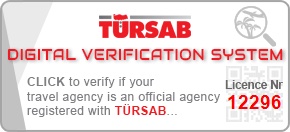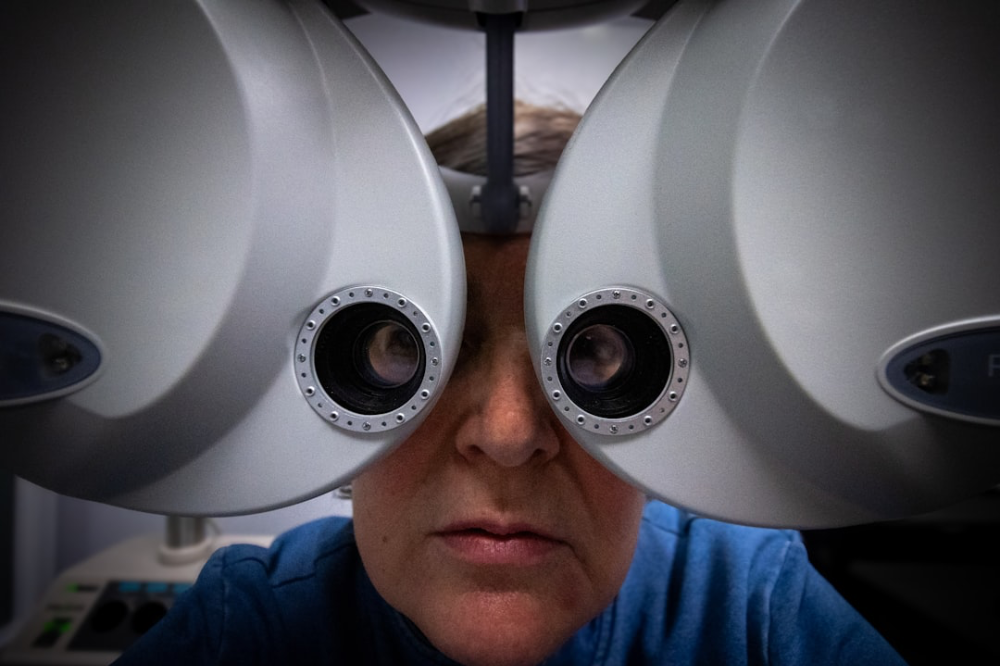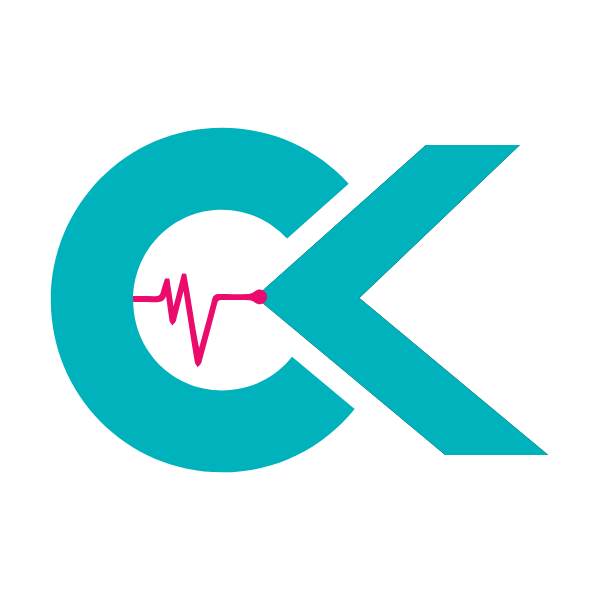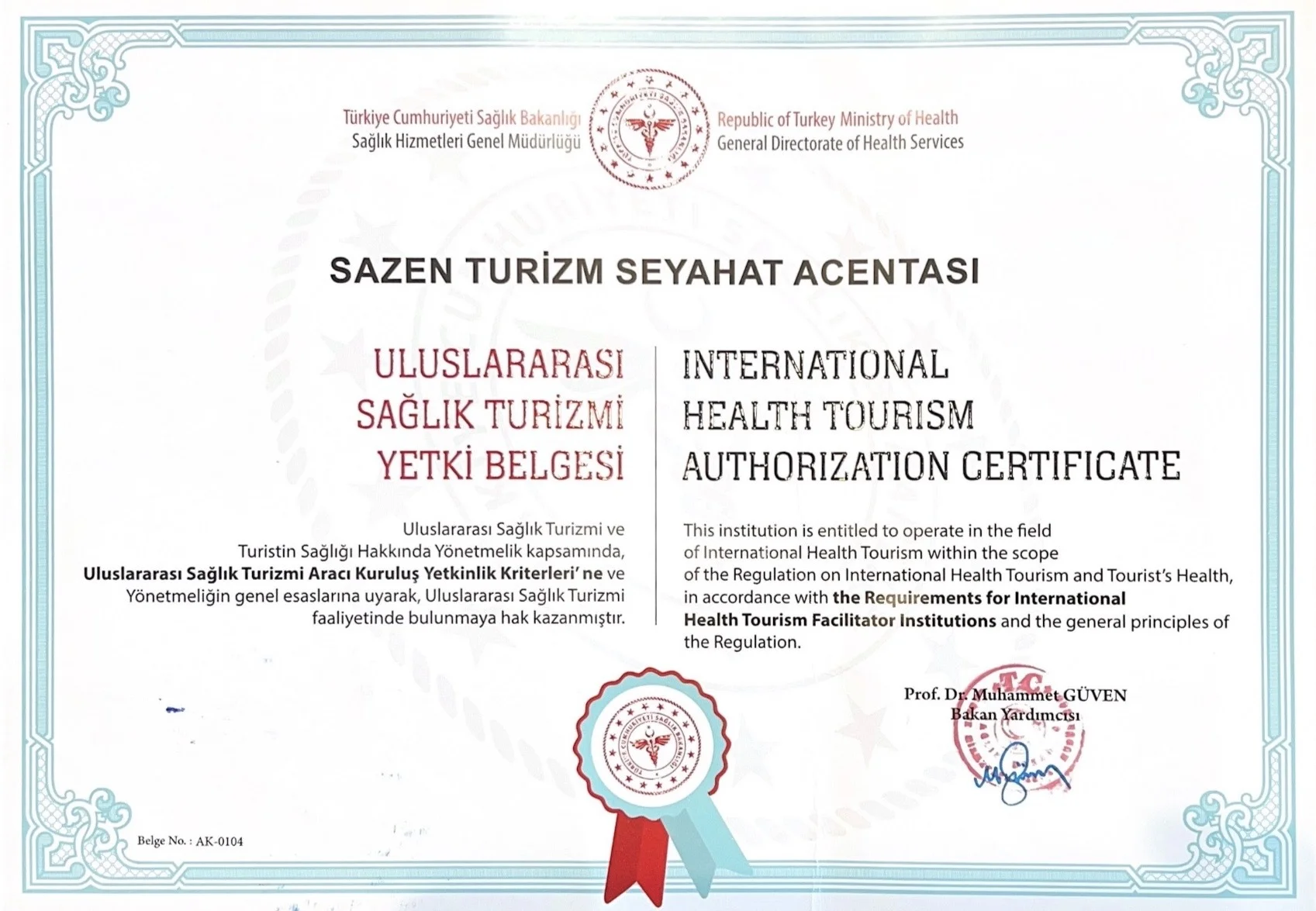Cataracts represent a significant challenge to vision, progressively clouding the eye’s natural lens and leading to blurred vision, glare, and difficulty with everyday tasks. For many, the prospect of cataract surgery offers a return to clear sight and improved quality of life. However, a primary concern often revolves around the financial implications of such a procedure. Understanding the costs associated with cataract surgery is crucial for informed decision-making, particularly for patients comparing options between their home country and international medical tourism destinations like Turkey. This comprehensive guide aims to demystify the expense of cataract removal, exploring various factors that influence pricing, financial considerations, and the distinctions between public and private healthcare pathways.
Table of Contents
The Anatomy of Cataract Surgery Cost
The overall cost of cataract surgery is not a monolithic figure but rather a sum of several contributing elements. These can vary significantly based on the chosen healthcare provider, the technology employed, the type of intraocular lens (IOL) implanted, and the geographical location of the clinic. A thorough understanding of these components is essential for accurate financial planning.
Surgical Procedure Fees
This is the core charge for the surgery itself, encompassing the surgeon’s fee, the anaesthetist’s fee, and the use of the operating theatre and necessary equipment. Modern cataract surgery, predominantly performed using phacoemulsification, is a highly refined procedure. A systematic review published in *Ophthalmic & Physiological Optics* (2017) highlighted that modern phacoemulsification cataract surgery consistently yields excellent visual outcomes and is considered remarkably safe for the vast majority of patients, reinforcing its global acceptance and efficacy. The proficiency of the surgical team and the advanced technology involved directly contribute to the cost.
Intraocular Lens (IOL) Selection
Perhaps the most significant variable influencing the average price cataract removal UK is the choice of intraocular lens (IOL). After the clouded natural lens is removed, an artificial lens is implanted. There are several categories of IOLs, each offering different visual outcomes and, consequently, different price points:
- Monofocal IOLs: These lenses provide clear vision at a single distance, typically far vision. Patients usually require reading glasses for near tasks. These are generally the standard option and the least expensive.
- Toric IOLs: Designed to correct astigmatism in addition to cataracts, reducing dependence on glasses for distance vision. These are a premium option with a higher premium IOL cost UK.
- Multifocal and Trifocal IOLs: These advanced lenses aim to provide clear vision at multiple distances (near, intermediate, and far), potentially eliminating the need for glasses altogether. The monofocal vs multifocal IOL cost difference is substantial, with multifocal and trifocal lenses being the most expensive due to their sophisticated design.
- Extended Depth of Focus (EDOF) IOLs: A newer category that offers a continuous range of vision from intermediate to distance, often with good functional near vision. They sit between monofocal and multifocal in terms of complexity and cost.
Pre-operative Assessments and Post-operative Care
Before surgery, a comprehensive eye examination is performed to assess suitability, measure the eye, and determine the correct IOL power. Post-operatively, several follow-up appointments are necessary to monitor healing and ensure optimal visual recovery. These consultations are integral to the overall cost, whether bundled into a package or charged separately.
Facility and Technology Used
Clinics offering state-of-the-art facilities, advanced diagnostic equipment (such as OCT scanners or corneal topographers), and cutting-edge surgical technology (like femtosecond laser-assisted cataract surgery) may charge higher fees. These technologies can enhance precision and customize the procedure, but they come at an increased expense.
Cataract Surgery in the UK: NHS vs. Private
For patients in the United Kingdom, two primary pathways exist for cataract treatment: the National Health Service (NHS) and private healthcare.
NHS Cataract Surgery
Under the NHS, cataract surgery is generally free at the point of care for eligible patients. The primary advantage is the absence of direct cost. However, a significant drawback is the NHS cataract surgery waiting times, which can be extensive, often ranging from several months to over a year, depending on the region and current demand. Patients typically receive standard monofocal IOLs, and there is limited choice regarding the specific surgeon or precise appointment times.
Private Cataract Surgery UK
Opting for private cataract surgery provides immediate access to treatment, often with significantly shorter waiting times, sometimes as little as a few weeks. Private clinics offer a broader range of IOL options, including toric, multifocal, and EDOF lenses, allowing for a more personalized visual outcome. Patients can often choose their surgeon and benefit from more flexible appointment scheduling and enhanced patient amenities. The private cataract surgery cost UK typically ranges from £2,500 to £5,000 per eye for standard monofocal IOLs, escalating to £4,500 to £7,000 per eye or more for premium IOLs. This variation often accounts for the surgeon’s experience, clinic reputation, and the technology utilized.
Here is a general comparison between NHS and Private Cataract Surgery in the UK:
| Factor | NHS | Private |
|---|---|---|
| Waiting Times | Long (months to years) | Short (weeks to a few months) |
| IOL Options | Standard monofocal | Wide range (monofocal, toric, multifocal, trifocal, EDOF) |
| Surgeon Choice | Limited | Often can choose specialist |
| Cost | Free at point of care | Significant out-of-pocket expense |
| Pre/Post-op Care | Standardized appointments | Often more personalized, faster follow-ups |
Financing Cataract Surgery in the UK
For those considering private treatment, several cataract surgery finance options UK are available to manage the cost:
- Direct Payment: Paying the full amount upfront, often securing a slight discount.
- Payment Plans: Many clinics offer interest-free or low-interest payment plans, allowing patients to spread the cost over several months or years.
- Medical Loans: Specialized loans from financial institutions are available for medical procedures.
- Health Insurance: While the NHS covers most essential medical care, is cataract surgery covered by insurance UK? Private medical insurance policies vary. Some comprehensive policies may cover a portion or the entirety of private cataract surgery, especially if deemed medically necessary. Patients should consult their insurance provider for specific details regarding coverage and any excess fees.
International Options: The Allure of Medical Tourism
For many patients, especially those facing long waiting lists or high private costs in the UK, medical tourism to countries like Turkey presents a compelling alternative. Turkey has emerged as a leading destination for ophthalmic procedures, offering world-class care at a fraction of the cost found in Western Europe or the United States.
Why Turkey for Cataract Surgery?
- Cost-Effectiveness: The primary driver for many patients is the significantly lower price point for equivalent or superior quality care. This includes procedures like laser eye surgery prices in Turkey, which also offer substantial savings.
- Advanced Facilities: Turkish clinics boast modern equipment, highly trained surgeons, and international accreditations.
- Reduced Waiting Times: Patients can schedule their surgery quickly, often within a few weeks of initial contact.
- All-Inclusive Packages: Many clinics offer packages that include accommodation, transfers, and post-operative care, simplifying the patient journey.
- Experienced Surgeons: Turkish ophthalmologists are often highly experienced, performing a large volume of cataract surgeries annually.
Price Comparison: Turkey vs. UK
To illustrate the potential savings, consider the following approximate price comparison for cataract surgery:
| Service/Item | Turkey Price (GBP) | UK Private Price (GBP) |
|---|---|---|
| Standard Monofocal IOL | £1,500 – £2,500 per eye | £2,500 – £3,500 per eye |
| Premium Toric IOL | £2,000 – £3,000 per eye | £3,500 – £5,000 per eye |
| Premium Multifocal/Trifocal IOL | £2,500 – £4,000 per eye | £4,500 – £7,000 per eye |
*Note: These prices are estimates and can vary based on the clinic, surgeon, and specific IOL brand. They typically include the surgical procedure, IOL, and initial follow-up care.*
These figures clearly demonstrate why patients are increasingly looking to destinations like Turkey for high-quality, affordable eye care. For patients interested in other vision correction options, understanding LASIK surgery cost can also be beneficial.
Choosing the Best Cataract Clinics
Identifying the best cataract clinics UK or abroad requires careful research. Key factors to consider include:
- Surgeon’s Experience and Qualifications: Look for surgeons with extensive experience in cataract surgery, particularly with the type of IOL you are considering.
- Clinic Accreditation and Reputation: Ensure the clinic is accredited by relevant national or international bodies. Patient reviews and testimonials can provide valuable insights.
- Technology and Equipment: Modern equipment contributes to precise diagnostics and superior surgical outcomes.
- Patient Care and Support: Evaluate the level of pre-operative consultation, post-operative follow-up, and overall patient support.
- Transparent Pricing: Reputable clinics provide clear, itemized pricing without hidden costs.
CK Health Turkey: Your Partner for Vision Restoration
At CK Health Turkey, we understand the importance of clear vision and the financial considerations involved in regaining it. We are dedicated to providing international patients, particularly those from the UK, with access to leading ophthalmic surgeons and state-of-the-art facilities for cataract surgery. Our commitment extends beyond the procedure itself; we offer comprehensive packages designed to ensure a seamless and comfortable medical journey.
We pride ourselves on transparent pricing, enabling patients to access high-quality cataract surgery with premium IOL options at a significantly lower average price cataract removal UK. Our clinics are equipped with the latest diagnostic and surgical technology, and our team of experienced ophthalmologists is renowned for their expertise and patient-centric approach. From your initial consultation to your post-operative recovery, CK Health Turkey provides unwavering support, ensuring you receive personalized care and achieve the best possible visual outcomes. Learn more about how we work to facilitate your medical journey.
Do not let financial concerns or long waiting lists delay your journey to clear vision. Contact CK Health Turkey today for a personalized consultation and discover how we can facilitate your high-quality, affordable cataract surgery. Restore your sight and reclaim your quality of life with our expert care.
Navigating the landscape of cataract surgery costs, whether in the UK or through medical tourism, demands a clear understanding of the various factors at play. While the NHS offers free treatment with potential waiting periods, private options in the UK provide speed and choice at a significant cost. Countries like Turkey present an increasingly viable alternative, combining advanced medical care with considerable financial savings. By carefully weighing these options and considering the types of IOLs available, individuals can make an informed decision that aligns with their visual needs, financial capacity, and desire for timely, effective treatment, ultimately leading to a brighter, clearer future.
FAQs
What is the typical recovery time for cataract surgery?
The initial recovery period is usually short, with most patients experiencing improved vision within a few days. Full stabilization of vision can take a few weeks as the eye heals and adjusts to the new IOL. Patients should avoid strenuous activities and follow post-operative care instructions diligently.
How long do IOLs last?
Intraocular lenses (IOLs) are designed to be permanent implants. Once placed during cataract surgery, they do not degrade or wear out and are intended to last for the rest of a patient’s life.
Are there any risks associated with cataract surgery?
Cataract surgery is one of the safest and most commonly performed surgical procedures worldwide. However, like any surgery, it carries a small risk of complications, including infection, inflammation, retinal detachment, or posterior capsular opacification (PCO), sometimes called a ‘secondary cataract.’ These are generally treatable.
Can I have both eyes treated at the same time?
Typically, cataract surgery is performed on one eye at a time, with a waiting period (usually 1-4 weeks) between procedures to allow the first eye to heal and to assess the visual outcome. This approach minimizes risk and allows for fine-tuning if necessary.
What is the difference between laser-assisted and traditional cataract surgery?
Traditional cataract surgery uses a blade to create incisions and manual instruments to break up the cataract. Laser-assisted cataract surgery uses a femtosecond laser to create precise incisions and soften the cataract, which can sometimes lead to greater precision and potentially faster recovery, though both methods are highly effective.
Is cataract surgery painful?
Cataract surgery is performed under local anaesthesia, meaning the patient will be awake but the eye will be completely numb. Most patients report feeling only mild pressure or discomfort, not pain, during the procedure. Post-operatively, some mild irritation or a gritty sensation is common but typically subsides quickly.
Will I still need glasses after cataract surgery?
This depends on the type of IOL selected. With standard monofocal IOLs, most patients will still need glasses for near vision (reading) and possibly for intermediate vision. Premium IOLs (toric, multifocal, trifocal, EDOF) are designed to reduce or eliminate the need for glasses for various distances, but complete independence from glasses cannot always be guaranteed.
How do I prepare for cataract surgery?
Preparation typically involves a thorough pre-operative assessment where measurements of your eye are taken, and your IOL choice is finalized. You will receive detailed instructions regarding medications, eating, and drinking restrictions before surgery. Arranging for transport to and from the clinic is also essential, as you will not be able to drive immediately after the procedure.




